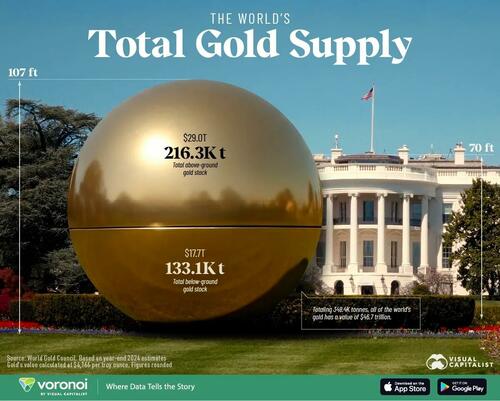Change – or rather, the attempt to change – in fact, lies at the heart of the decades-old dispute, which has wound its way through various courts all the way to the Supreme Court, two failed mediation attempts (one by economist Vijay Kelkar and another court-mandated one under Justice Indu Malhotra of the Supreme Court) and a nasty battle with charges of insider trading being brought against each other before capital markets regulator Sebi. It actually ended up fining both factions for various breaches of the insider trading regulations.
You might also like
High gas prices: How India’s gas economy works
Invesco to sell 5.5% Zee stake for $169.5mn
Why DMart disappoints investors
Shree Cement’s good show fails to impress street
The fight between Sanjay Kirloskar, who got group flagship Kirloskar Brothers Limited (KBL) as per the deed of family settlement the siblings signed in 2009; Atul, the eldest sibling; and Rahul, the youngest, who between them got most of the other major group companies, is centred around who can – or cannot – lay claim to the ‘Kirloskar’ legacy.
In July last year, the Atul and Rahul Kirloskar-controlled group of companies –Kirloskar Oil Engines Ltd., Kirloskar Chillers Pvt Ltd., Kirloskar Pneumatic Company Ltd., Kirloskar Ferrous Industries Ltd., and Kirloskar Industries Ltd –had launched a brand refresh campaign. Advertisements about the new logo and mission alluded to “the legacy that the 130-year-old name carries, and the years put in to fulfil the dreams of those it has touched”.
Sanjay Kirloskar’s KBL protested to Sebi, arguing that KOEL, KIL, KPCL and KFIL were incorporated in 2009, 1978, 1974 and 1991 respectively and “do not have nor can claim to have” a 130-year-old legacy. KIL’s response was that the “130 years” reference was to the name “Kirloskar” and not any entity. KBL retaliated by claiming that it was the company with the century-plus legacy and was the “pioneer in the industrial revolution in India”.
That is technically true. KBL is indeed one of the original success stories of home-grown engineering enterprise in India. But SL Kirloskar, grandfather of the feuding brothers and the man who built that legacy, could have scarcely imagined that his descendants would be dragging the family name through the courts.
Sixty years ago, when Time magazine profiled ‘SL’, as the doyen of the Kirloskar group was popularly known, it said the group companies “symbolize the gradual change in India’s old image as a mere exporter of raw materials”. For American readers of the early 1960s, India represented cows and elephants. The idea of an Indian engineering company selling engineering products like pumps, motors and compressors globally – including the West – was a novelty.
But Shantanurao Laxman Kirloskar was a true iconoclast. Alone among the major industrialist families of the country, the Kirloskar wealth did not originate in textiles or trade. In fact, the group’s founder – and SL Kirloskar’s father Laxmanrao Kashinath Kirlosar, started with a bicycle repair shop in Belgaum in 1888. The first company, Kirloskar Brothers, was set up in 1920 and incorporated in 1926, when it started manufacturing farm equipment like ploughs and harrows.
But it was SL Kirloskar who led the diversification into pumps and later diesel engines, compressors, etc. By 1964, when Time profiled him, the group was producing 65 per cent of India’s diesel engines, 40 per cent of its centrifugal pumps and 36 per cent of its electric motors, and exporting to 42 countries.
The group’s rise continued under the reign of SL Kirloskar’s son Chandrakant, father of the feuding Kirloskar brothers. It was after his death in 1987 that the drift started. A few years ago, Chandrakant’s widow Suman actually sued Sanjay Kirloskar, alleging that he was holding on to property which was willed to her by her husband and nominally transferred to Sanjay to get around the Urban Land Ceiling Act (repealed in 2007).
By 2000, Vijay Kirloskar, son of SL Kirloskar’s youngest brother Ravindra Kirloskar, broke away from the main group, taking Kirloskar Electric and Kirloskar Batteries with him. In fact, Vijay sued all three nephews in 2020, for allegedly “unlawfully” using the ‘Kirloskar’ brand name in seven entities promoted by the brothers in their individual capacities.
In his suit, he alleged that as per the articles of association of Kirloskar Proprietary Limited, the company which controls the brands and trademarks of the group and licences them out to group companies, only those companies which were part of KBL could use the Kirloskar brand, that too after paying licence and royalty fees. That case is also ongoing.
In this confusing welter of charges and counter-charges, only one thing is clear: without a clear and binding settlement, of not just the physical assets but the intangible (and often more valuable) assets like brand names and logos, such disputes are bound to roil family-owned businesses as they morph across generations.
Elsewhere in Mint
In Opinion, Siddharth Pai explains how America’s vanishing demographic dividend will benefit Indians. How can India get more of its working-age people into employment? Amit Kapoor & Bibek Debroy answer. Tulsi Jayakumar writes on the misplaced paranoia over rupee volatility. Long Story narrates the many troubles with Kerala’s plan for a shorter route to Bengaluru.
Download The Mint News App to get Daily Market Updates.
More
Less















